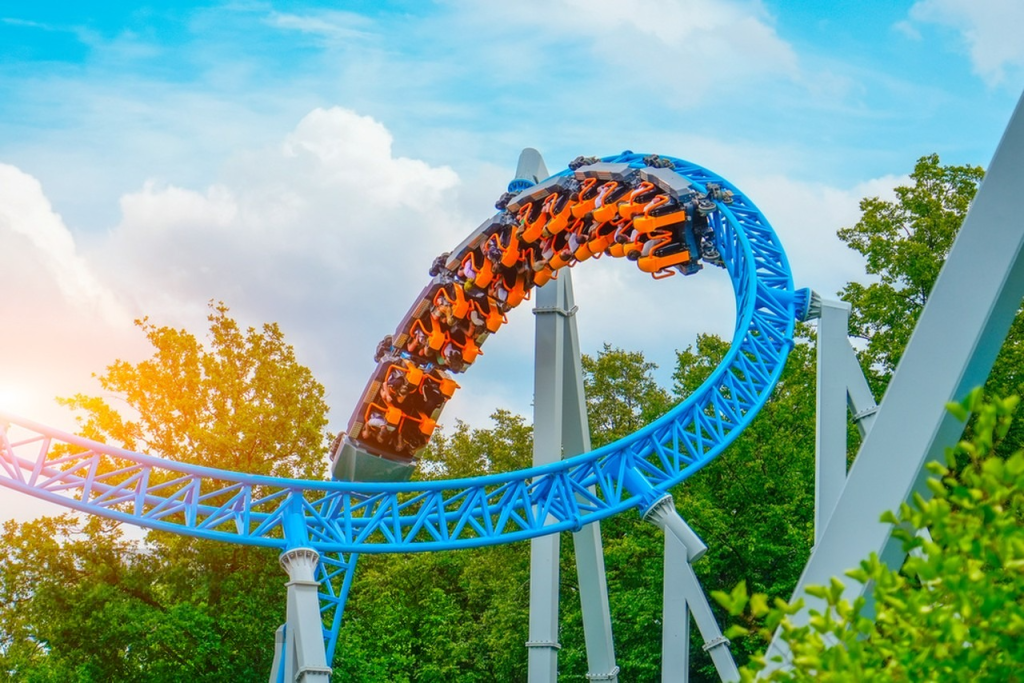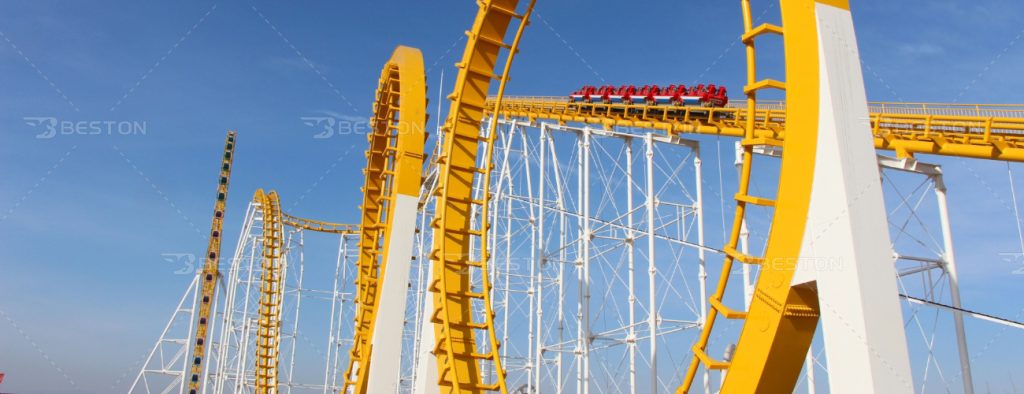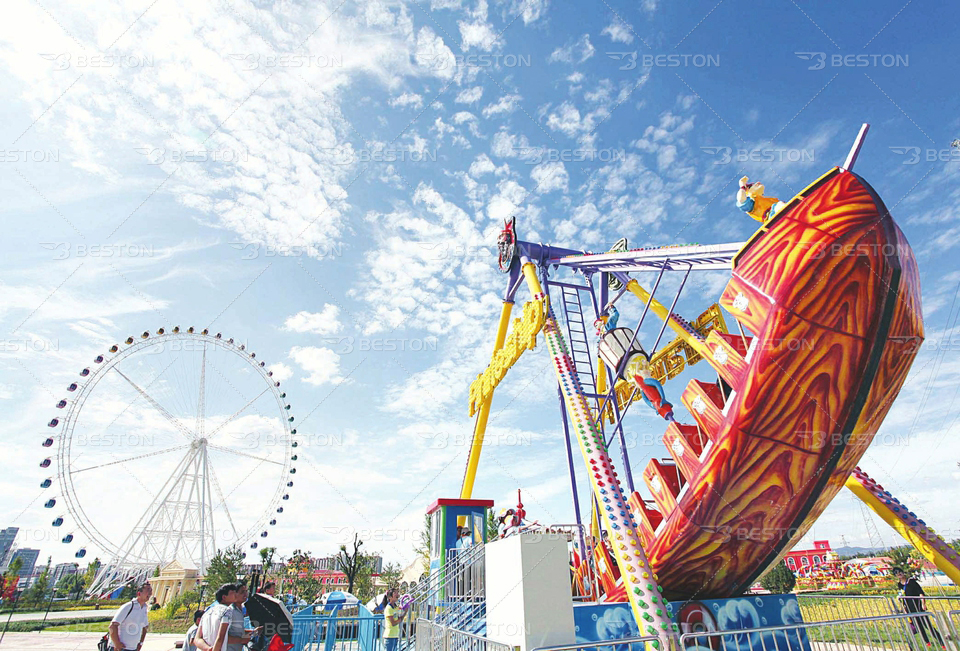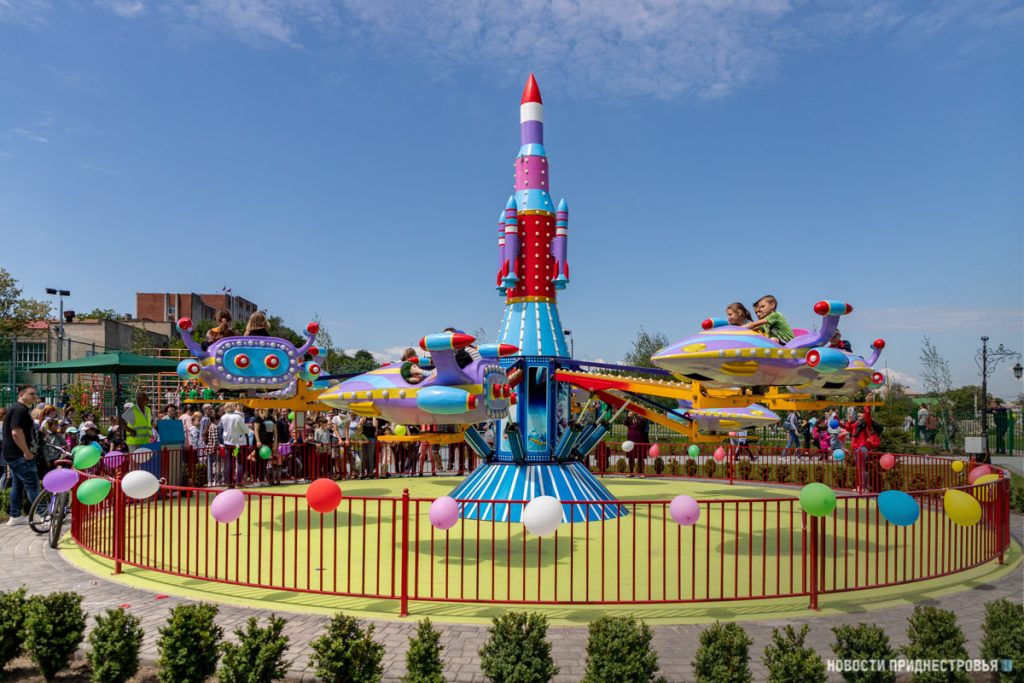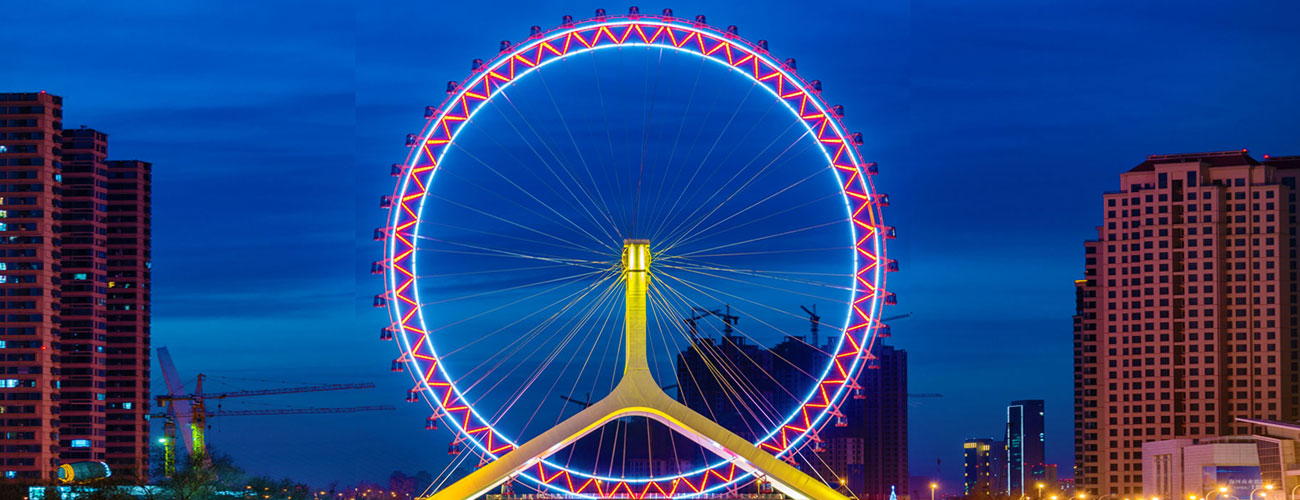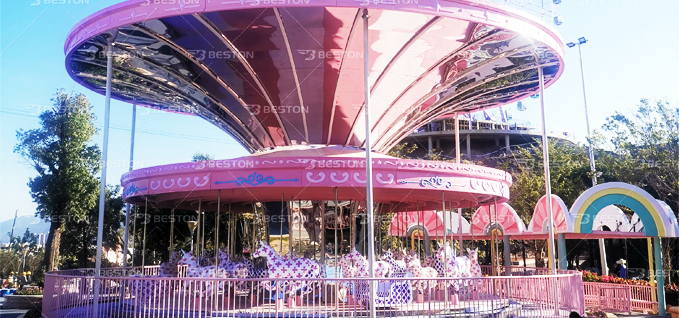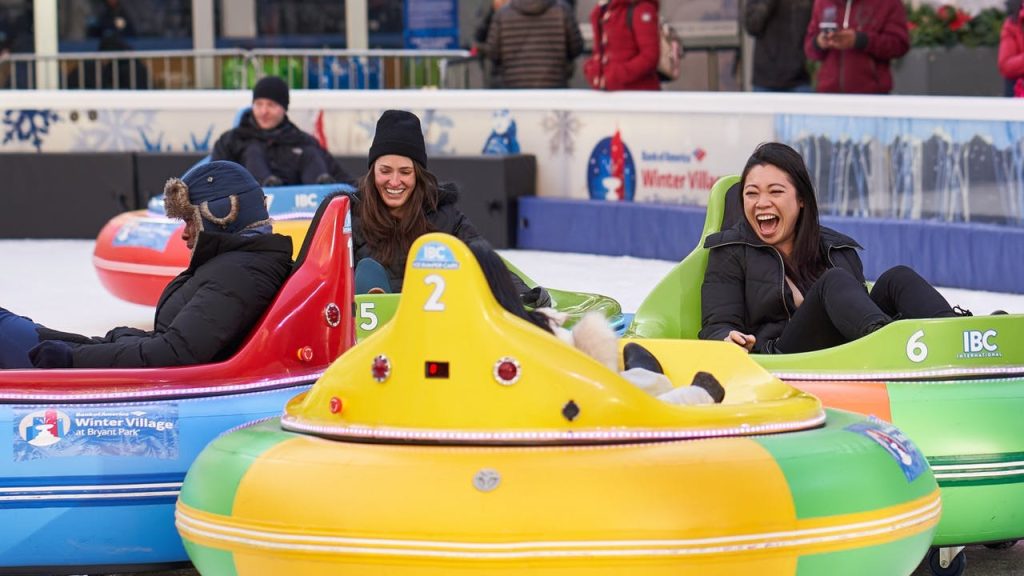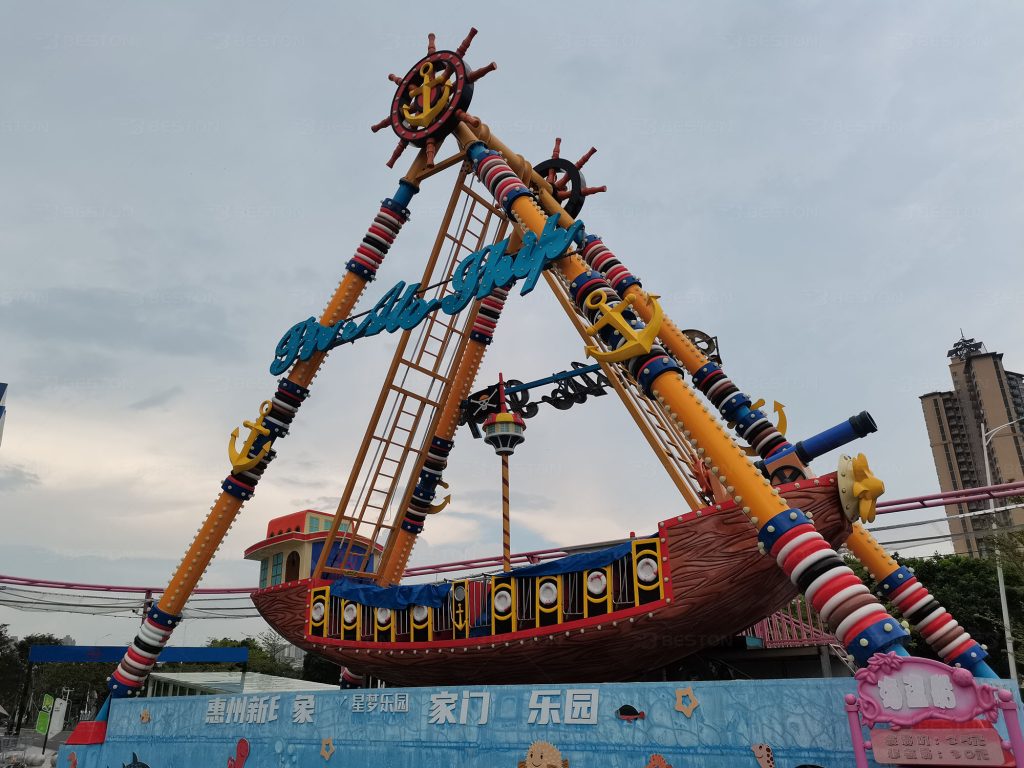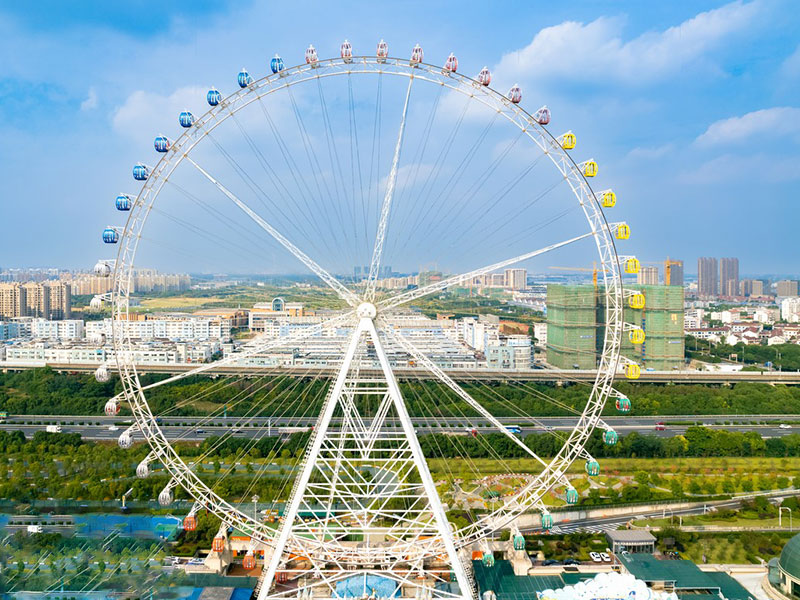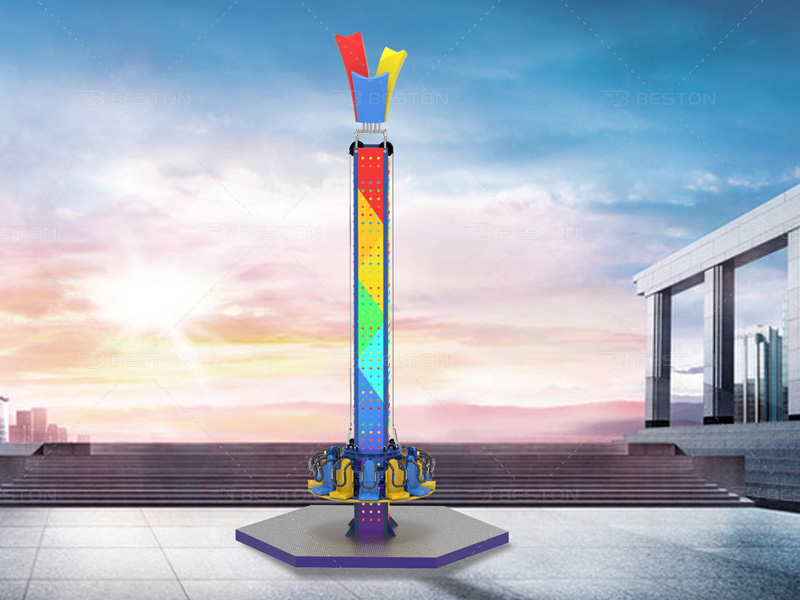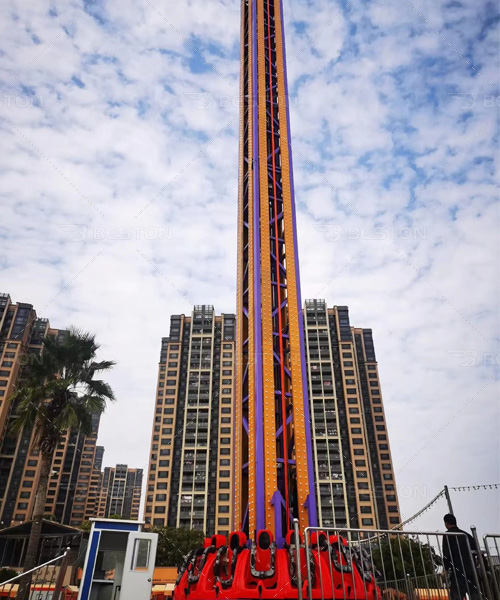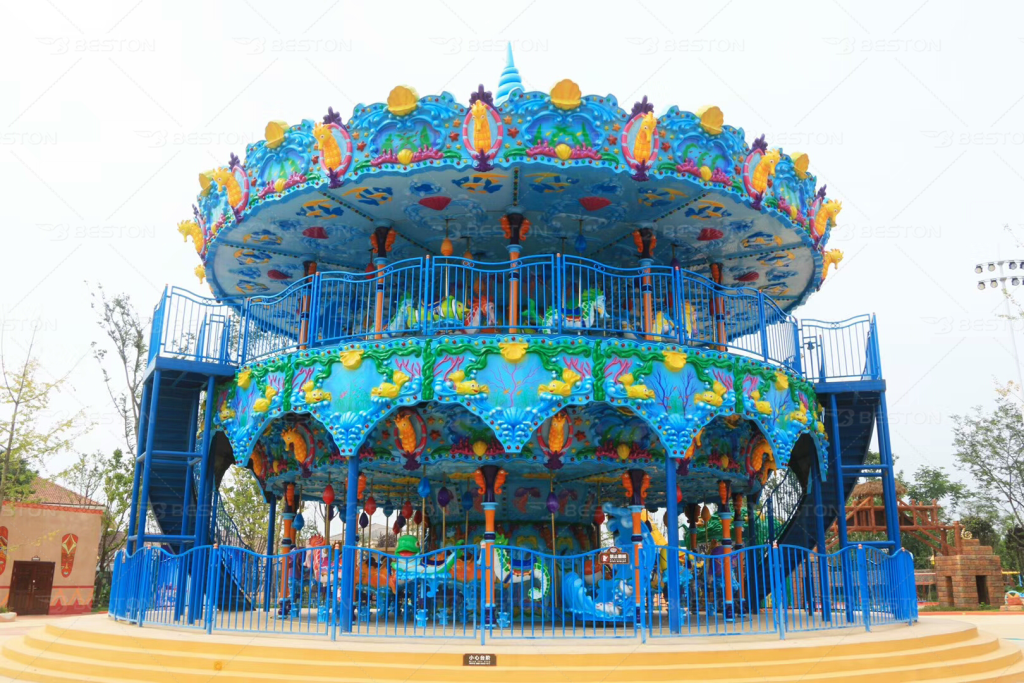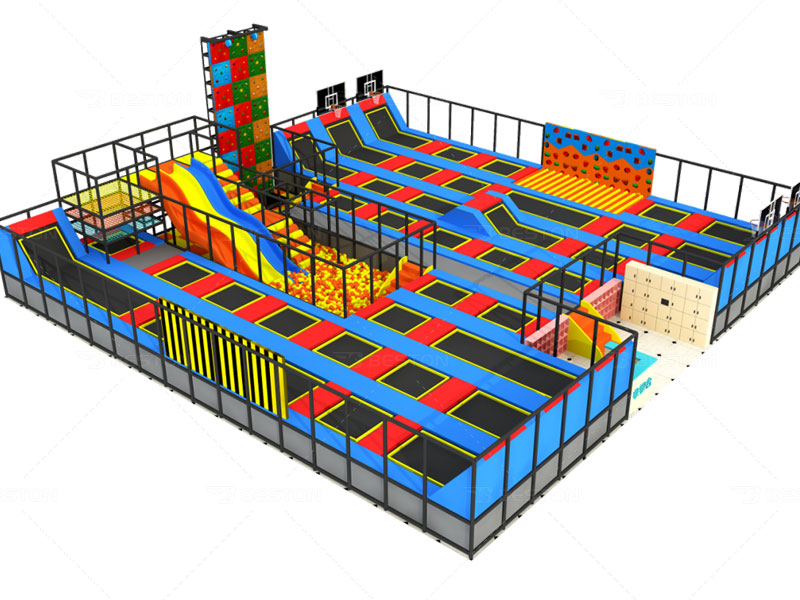How a Roller Coaster Transforms the Visitor Experience
Every successful amusement park shares one common feature: a signature roller coaster (американские горки) that defines its character. Guests often plan their trips around the most talked-about ride, and that’s usually a high-speed, visually striking coaster. The combination of motion, height, and unpredictability provides an emotional rush that few attractions can match.
When a park installs a major roller coaster, it doesn’t just add another ride—it creates a landmark. Whether it’s a steel monster full of loops or a colorful family-friendly model like the wacky worm roller coaster, this single attraction can elevate a park’s reputation instantly. People remember the screams, the laughter, and the shared sense of adventure that come with every twist and turn.
Why Roller Coasters Drive Theme Park Attendance
Investing in a roller coaster is a proven strategy for increasing foot traffic and revenue. Visitors naturally seek out parks that promise new and thrilling experiences, and roller coasters are the ultimate thrill rides. Even in parks that already feature Ferris wheels, swing rides, or pirate ships, the roller coaster often becomes the main attraction drawing the biggest crowds.
Industry data frequently shows that parks introducing new coasters experience notable upticks in ticket sales during the first season. This boost benefits not only gate revenue but also ancillary income: concessions, retail, and season pass sales typically rise when a high-profile coaster opens.
Family Appeal and Diverse Ride Options
Not all roller coasters are designed for extreme thrill-seekers. Family-oriented models—like the wacky worm roller coaster (аттракцион гусеница) —cater to children and first-time riders with gentle curves, moderate speeds, and whimsical theming. Including these alongside high-intensity coasters creates a balanced attraction portfolio that appeals to multi-generational groups.
Providing a progression of ride intensity helps build loyalty: children who start on family coasters often return as older guests to experience bigger thrills, increasing lifetime value per visitor.
The Global Influence of Chinese Amusement Rides
In recent years, Chinese amusement rides (цены на аттракционы) manufacturers have become major players on the global stage. Their factories now produce a wide array of attractions—from kiddie rides and Ferris wheels to full-scale roller coasters—offering competitive pricing without sacrificing engineering quality.
Chinese suppliers offer end-to-end services including design consultation, production, installation, and maintenance. For many park operators, this full-service model makes them an attractive choice: it simplifies project management and often shortens delivery schedules while keeping budgets in line.
Customization: Make Your Ride a Destination
Customization is one of the most effective ways to make a coaster stand out. Themed elements, on-board audio, LED lighting packages, and unique track layouts turn a ride into a storytelling vehicle. Manufacturers—many of which now include those producing Chinese amusement rides (аттракционы для детей купить)—can tailor track profiles, station designs, and train liveries to match a park’s brand identity.
A custom coaster becomes a visual centerpiece that drives organic social sharing and press coverage, amplifying the marketing impact of the initial investment.
Prioritizing Safety and Long-Term Maintenance
Safety is non-negotiable. Choose manufacturers that comply with international certifications such as ISO, CE, or TUV, and insist on transparent testing and inspection records. After-sales service matters: look for suppliers that provide scheduled maintenance plans, spare-part inventories, and operator training.
Financial and Operational Returns
Installing a roller coaster is a long-term investment. While upfront costs include manufacturing, shipping, groundwork, and installation, the ride often generates returns through increased attendance, higher per-capita spending, and enhanced brand recognition. Seasonal updates and targeted promotions help sustain rider interest year after year.
Final Thoughts: Choosing the Right Coaster for Your Park
A roller coaster is more than a mechanical structure; it’s a strategic asset that defines a park’s personality and commercial trajectory. Whether you opt for a high-adrenaline steel coaster or a family-friendly wacky worm roller coaster, selecting the right partner—domestic or an experienced producer of Chinese amusement rides—will determine the success of your project.
Plan carefully, prioritize safety and maintenance capabilities, and invest in thoughtful theming to maximize both guest satisfaction and return on investment. A well-chosen coaster can become the reason your park is remembered for years.

